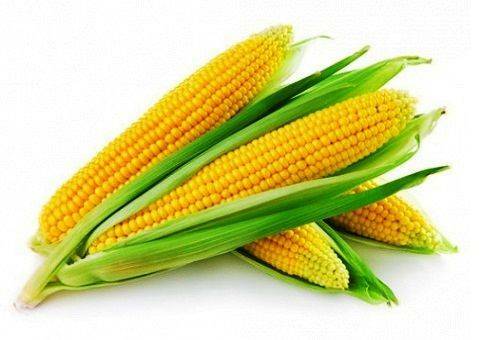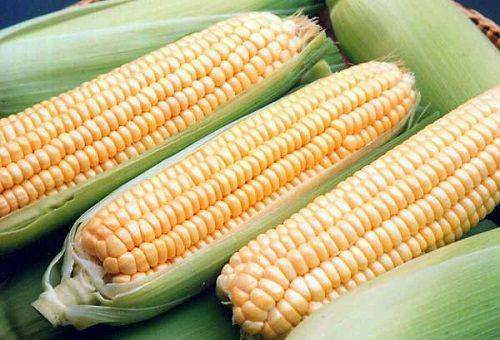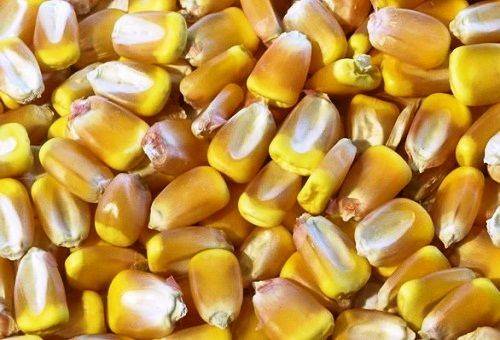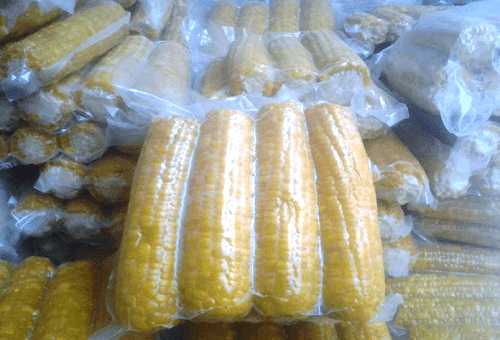Contents:
- Features of storage of fresh corn
- Options for storing corn in the cob
- How to store cooked corn?
- Freezing technology for corn kernels and ears
Corn is an affordable, nutritious, very useful and simply delicious product. To enjoy it when there is a corresponding desire, you do not need to buy cans of canned grains, because there are a lot of techniques for storing corn.

Few people know that it can not only be rolled into cans, but also dried, frozen. And, not only in grains, but also in the cob. If certain rules are observed, even a fresh ingredient will be saved for more than a few hours. Time-tested approaches are designed in such a way that they allow you to conserve the full benefit, aroma and flavor of cereals.
Features of storage of fresh corn
To preserve the sweetness of the product, it is necessary to release the cobs from the grains as soon as possible and to properly conduct the appropriate treatment. In this case, the product for another three weeks will please its original taste and aroma.

At home, it can be done as follows:
- Corn is cleaned of dirt, fibers and leaves, put in a wide pan.
- In another container, a little less in volume pour cold water, add ice cubes. Next, enter the lemon juice and salt from the calculation of a teaspoon of each product per liter of water.
- Stir the liquid and pour the resulting solution into the cobs, leave to soak for 20 minutes.
- Then directly in the water we separate the grains from the base, we throw out all the dirt, drain the water, throwing the corn back to the colander.
- After getting rid of excess water, lightly dry the grains and unfold it on plastic bags with locks. They should not be stuffed too much, but the air should be released to the maximum.
- We remove the product in the refrigerator, you can use the freezer to extend the shelf life of the ingredient.
Such a preparation, if desired, can be boiled, preserved or added to the prepared dish. The main thing is that the ingredient undergoes appropriate heat treatment.
Variants of storage of corn in the cob
Most often corn for winter is harvested in the cob. This approach allows you to preserve its sweetness, although it requires a lot more space, especially with an impressive crop. The treatment option is chosen depending on how much the product is planned to store at home:
- Refrigerator. Cobs are cleaned from leaves and fibers, distribute on plastic bags in unwashed form. We remove the packaging in the refrigerator using a separate tray or shelf. Such corn is best eaten for three days. Freshness they will last even longer, but the desired sweetness in the grains will no longer be.
Tip: This approach is absolutely not suitable as storage of corn for making popcorn. Even with a suitable moisture, the seeds will swell slightly, and their peel will soften. This will negatively affect the cooking process and the final result.

- Drying. We corn the corn, remove the fibers, we do not cut off the cob, only we open it. We hang out the workpieces in an attic or in another dry and well ventilated room. You can place them separately or weave a few braids, saving space.
- Freezing. This approach allows you to store corn at home from one year to one and a half years. Before you can freeze corn for the winter, it is necessary to carry out a number of manipulations aimed at its processing. If you just put a fresh product in the freezer, the output will result in tasteless rubber grains.
In addition, corn can be preserved. There are many recipes that allow you to roll grain in its pure form or as part of ready meals. Especially popular today are preserves from small cobs of corn, which even in food are used together with the base.
How to store cooked corn?
How to boil the ears of sweet cereal knows every hostess, but how to store corn after such processing is a question that does not give rest to very many. There can be two options for the approach:
- If the product was prepared in a standard way and just did not have time to eat it immediately, then put the cobs in a separate container and wrap the food film. They can be kept in the refrigerator for no more than three days. To keep the grains of their juiciness, they are recommended to fill with the remaining broth.
- If you know in advance that the corn after cooking should be kept for a while, it is worth trying a special kind of treatment available at home. First, boil the cobs for 10 minutes, cool them and remove the grain. We fill them with steam sterilized cans, leaving a couple of centimeters of space on top. Fill with boiled water with a small amount of salt, cover with lids. We put the tanks in the refrigerator, after a couple of weeks, you can pour a little more liquid. In this condition, the grains will taste for 2-3 months.

Before using the standing product, you need to make sure there are no extraneous smells from the grains themselves and the fill.
Freezing technology for corn kernels and cobs
Before you can freeze corn for the winter, you need to decide on the approach to work. Billets can be in the form of cobs or individual grains. The technology of the process is almost not affected, but the grain is more convenient to store, and the corn will give the corn an unusual juiciness and sweetness.

When working with cobs, proceed as follows:
- Clean the cob from leaves, fibers, off-grade grains, cut off its tip.
- We cook two pots - with cold water and boiling water.
- First put the cobs in hot water, wait a couple of minutes, put it into the cold one and wait for a couple of minutes too. We repeat the manipulation 3-5 times.
- We spread the cobs on a thin towel without pile and wait until they dry thoroughly.
- Next, each fruit individually wrapped with food film and sent to the freezer.

Corn frozen in this manner must be properly thawed before cooking. It needs to be held for several hours in the refrigerator. It is strictly prohibited immediately after removing from the freezer to lower the ears into boiling water, the product will turn out to be rubber.
The approach with individual grains differs from the previous procedure only in the last step. Dryed and cooled cobs are dismantled for individual grains and laid out on plastic bags with locks, after which we put them in the freezer. In the course of freezing, the container can be shaken several times so that the grains do not stick together. If all the stages of manipulation have been done correctly, then the workpiece does not even have to be touched, there will not be any spoiled elements.


